Online Resource Lists
Classroom Activities
Study Guides
Virginia Stage Company chooses productions that coordinate with school curricula. SOL-based study guides are researched and created by the Education team and provided to each teacher prior to attending the show. Below you will find a pdf version of each study guide.
Past Touring Productions
Healthy Fixins' with Apples and Oranges
Past Mainstage Productions
All My Sons (Season 37)
The Bluest Eye (Season 40)
A Christmas Carol (Season 39)
A Christmas Carol (Season 40)
Disgraced (Season 39)
Detroit ‘67 (Season 41)
Guys and Dolls (Season 41 - MTI Guide)
I Sing the Rising Sea (Season 38)
Matilda The Musical (Season 40)
Oliver Twist (Season 38)
Our Town (Season 40)
The Parchman Hour (Season 39)
Peter and the Starcatcher (Season 37)
Pride & Prejudice (Season 39)
A Streetcar Named Desire (Season 38)
The Wiz (Season 38)
Sign up for our Education Emails!
Get upcoming programming and updates sent to your email. The more detail you provide, the more we can tailor the emails to fit your needs.








